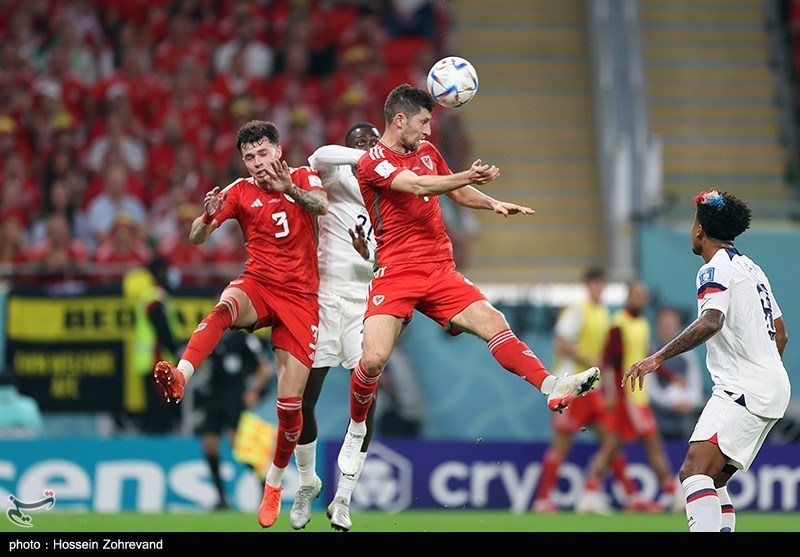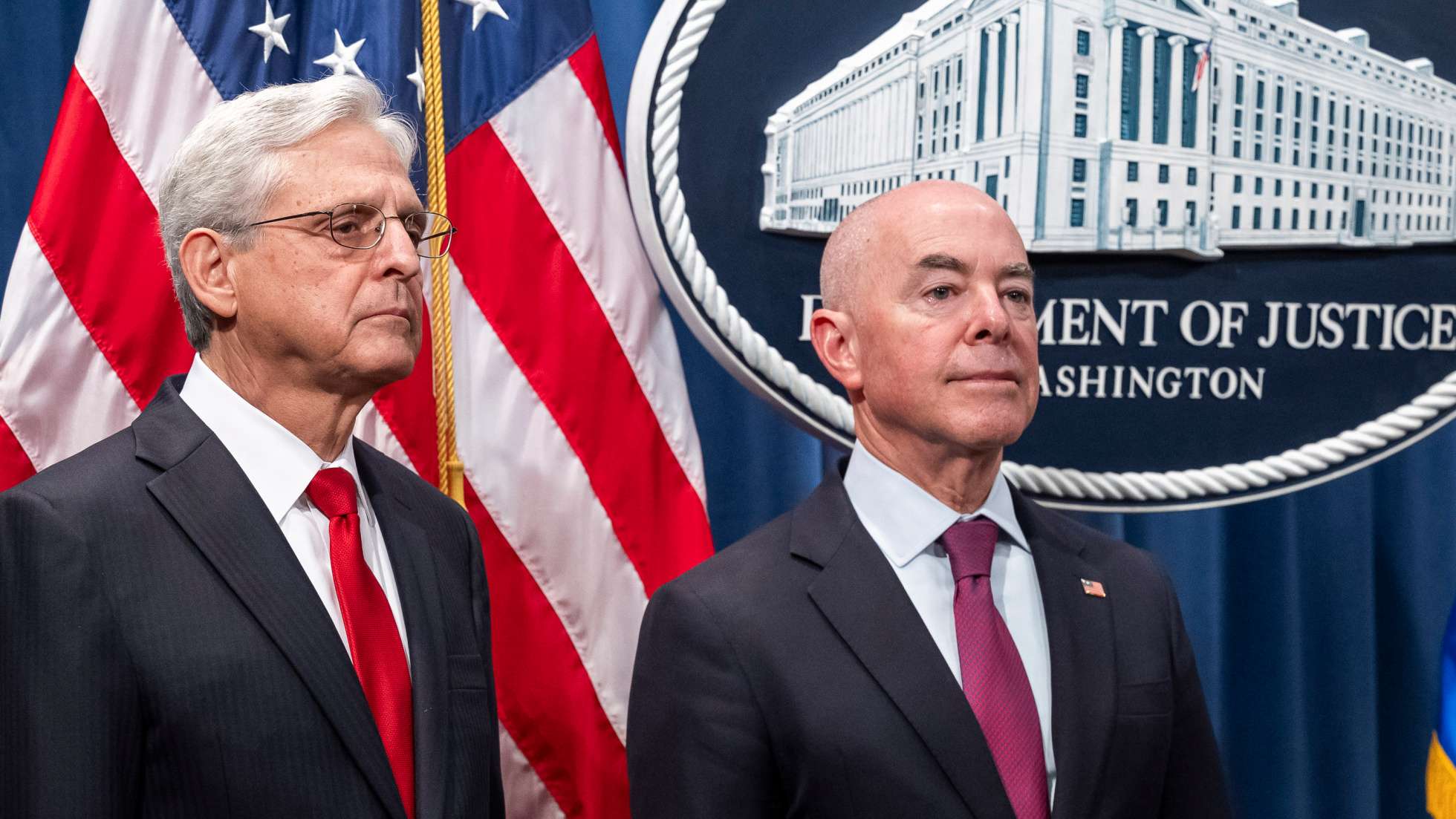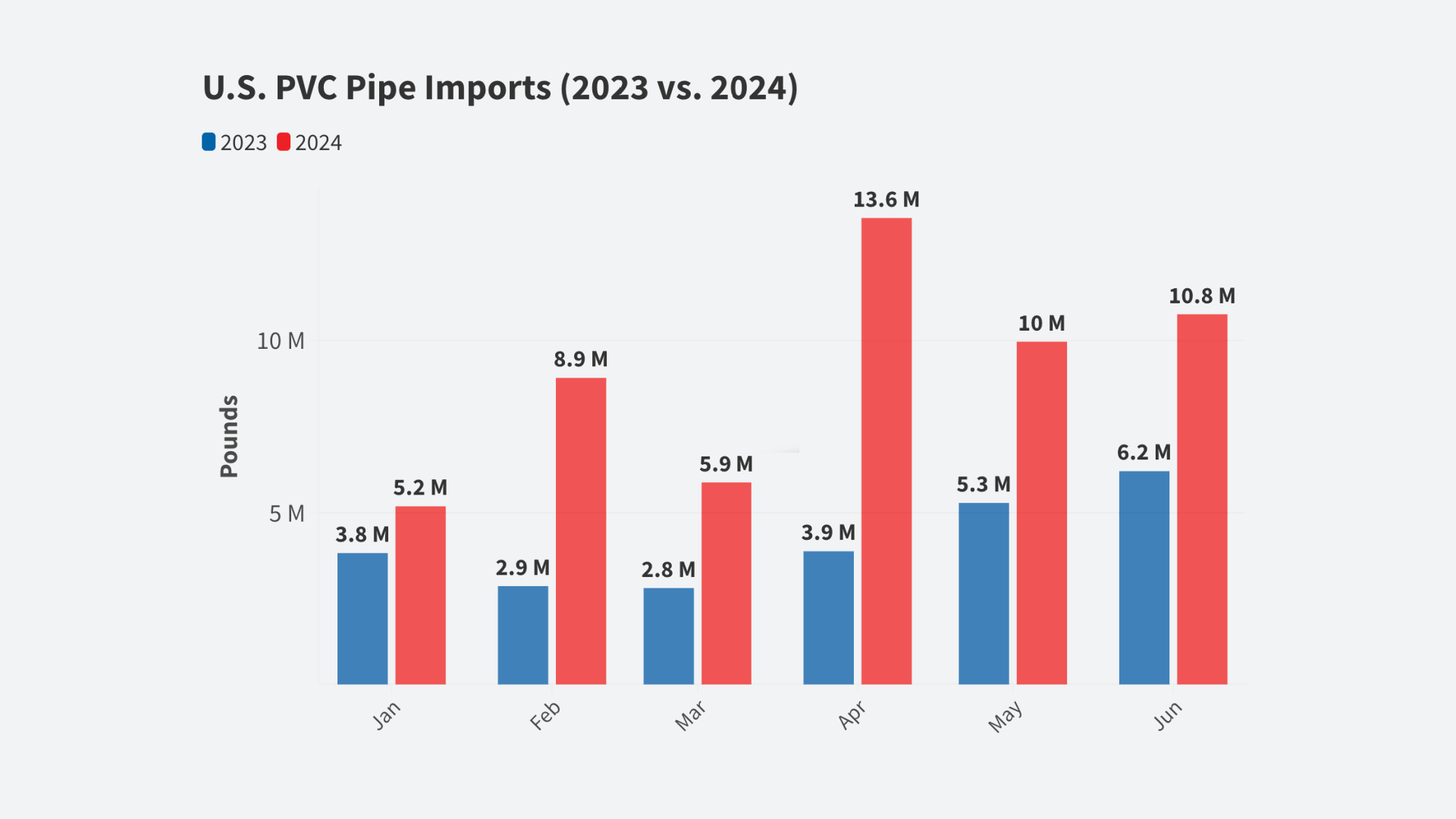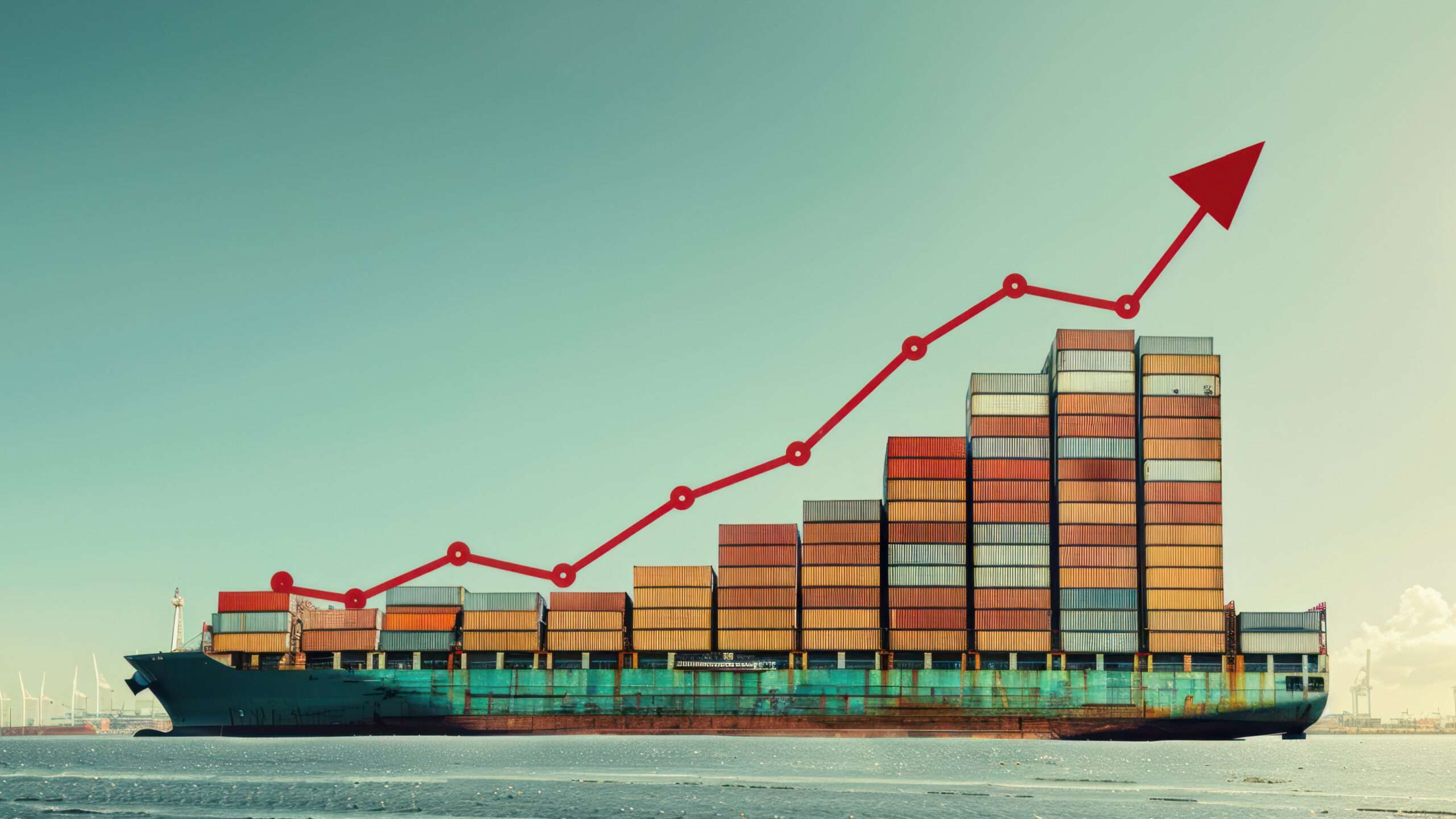There is a growing consensus in the U.S. and many other advanced economies that we must move away from globalization, and towards more localized economies, less reliant on global supply chains or untrustworthy countries for vital goods. Many can see the necessity for greater localization, but can’t imagine what it will look like. Will it make goods more expensive? Will there be duplication?
Surprisingly, the current World Cup in soccer provides a great model of how deglobalization could work. At the World Cup, which ended Sunday with Argentina the new world champions, there was an astonishing display of variety and creativity in this time-honored game. Each nation had its own style and the result was a series of exciting and often surprising results. Variety is an important benefit of deglobalized soccer. It’s a benefit in its own right and it also leads to greater equality.
Let me explain.
Soccer went through its own globalization process, beginning around 1990. Before then, it was of course hugely popular, in Europe and Latin America, but very local. There are 69 pro soccer teams in England, with 17 in London alone. There are 59 pro teams in Italy, and similar numbers in Spain and Germany. The change began in Britain, driven largely by Rupert Murdoch’s effort to build a European television empire. In May 1992, Britain’s top soccer teams banded together to create a new “Premier League.” They signed a $300 million five-year deal with Rupert Murdoch’s Sky cable TV network. This was a huge increase in the funds available for each team was quickly copied by top soccer leagues in other major soccer nations. (American entrepreneurs also took notice and began trying to build U.S. men’s and women’s soccer into big money sports, with limited success so far.) In 2001, the globalization of pro soccer was completed when a European Commission decision allowed players to become free agents, enabling the newly rich teams to offer higher salaries to players, wherever they might be in the world.
Restructuring a market usually leads to a new balance between supply and demand. With billions of dollars flowing into pro soccer teams, the most scarce resource quickly became first-class soccer playing talent. Top players not only help teams win games, they become superstar personalities, attracting more TV viewers.
The earnings of top soccer players skyrocketed. According to Forbes Magazine, the world’s highest-paid athlete in 2022 was World Cup superstar Lionel Messi, who earned $130 million last year. An Argentine national, Messi plays for French team Paris-St-Germain. As Table 1 shows, three of the top five high-earning athletes are in pro soccer.
Table 1: World’s Top-Earning Athletes in 2022
| Rank | Athlete | Sport | Team | Earnings
($ Millions) |
| 1 | Lionel Messi | Soccer | Paris-St. Germain | $130M |
| 2 | LeBron James | Basketball | LA Lakers | $121.2M |
| 3 | Cristiano Ronaldo | Soccer | Manchester United | $115M |
| 4 | Neymar | Soccer | Paris-St. Germain | $95M |
| 5 | Stephen Curry | Basketball | Golden State Warriors | $92.8M |
| 6 | Kevin Durant | Basketball | Brooklyn Nets | $92.1M |
| 7 | Roger Federer | Tennis | NA | $90.7M |
| 8 | Canelo Alvarez | Boxing | NA | $90M |
| 9 | Tom Brady | Football | Tampa Bay Buccaneers | $83.9M |
| 10 | Giannis Antetokounmpo | Basketball | Milwaukee Bucks | $80.9M |
Source: Forbes Magazine, 2022 Highest-Paid Athletes.
Note: Earnings include both on-field and off-field (e.g. sponsorship deals).
The pattern in pro soccer, as in many other sports, is that the teams with the most cash backing hire the best superstars, win the league titles, and rake in the most broadcasting revenue, reinforcing their lead, and increasing their dominance over time. This year, Paris-St Germain’s player salaries total $400 million. It’s hard for smaller teams to compete with that.
The World Cup is Different
But the World Cup overthrows that logic. The players on each team are determined by their nationality, not by money. Also, they don’t get a whole season to hone their team strategy. The result is that instead of the attacker (striker)-based style that soccer fans love, you get a range of diverse, unpredictable soccer strategies, determined by the national coaches who have to decide what to do with the somewhat random set of players they have been dealt.
Argentina played the expected domination-and-control game, emphasizing Messi’s ability to stay free near the front and score goals. But France played a completely different game. Instead of trying for constant control, the French team, coached by Didier Deschamps, hung back and allowed their opponents the opportunity to control the ball and bring it forward. They waited for the opponents to be too far forward and out of position. Then, confident in their abilities, they attacked. “They are transformed by manager Didier Deschamps into a side that attacks like a copperhead snake. It coils slowly, then strikes in a flash,” said the Wall Street Journal.
The biggest surprises of the tournament were Croatia and Morocco, two small countries that finished third and fourth, respectively. Croatia has only played in the World Cup since 1998, yet it has reached the semifinals in three of the six World Cups since then. It has a strong midfield, but not much forward attacking power by World Cup standards. Yet its strategy, described as “canny, patient…waiting for their opponents to make a mistake,” by one commentator, has enabled it to chalk up a great World Cup record.
Morocco became the first African team to get into a World Cup semifinal. “The speed with which they were able to transition into attack with pace and purpose was a constant thorn in the side of each opponent they faced,” said a soccer analyst on The Athletic website.
Morocco’s gross domestic product (GDP) per person, at $3500 last year, is around 5% that of the U.S. Croatia’s GDP per person is much higher ($17,399), but its population of four million is tiny—about the same size as Oklahoma. At the World Cup, both countries outplayed the U.S., which finished in 14th place. But the point is not the ranking. The point is that the World Cup is a well-balanced competition in which small, poor nations have a decent shot at winning some glory. There is no irresistible trend towards the dominant getting ever more dominant and the weaker ones getting weaker, as there is in professional league soccer.
Economic Globalization Also Favors the Scarce Resource
Economic globalization has followed a similar path to pro soccer globalization. As soon as multinational corporations were free to build factories anywhere in the world and ship product into the wealthy markets, the globally scarce resource became that ability to build a factory. All nations wanted factories and the employment and prosperity they bring. Consequently, returns to factory owners, i.e. corporate profits, rose and returns to workers fell. This was bad news for workers in affluent nations, especially the U.S. Federal government data shows that in 1970, U.S. workers received 58.4% of total U.S. gross domestic income. Last year, workers claimed just 53.5% of domestic income. That fall of 5 points represents the loss of about $1 trillion. The steepest fall came between 2000 and 2014, the years in which China built up its huge manufacturing capability and targeted the American market.
But the loss of worker share does not tell the whole story. The gains from economic globalization went not just to corporate profits but also to the wage and salary earnings of the top 20%, top 5%, and top 1% of the U.S. population. Corporate chief executives have been among the top beneficiaries of the globalization shake-up of the world economy. Table 2 shows the top-earning American CEOs among public companies last year, according to Fortune Magazine. The typical public company CEO now earns about 300 times the average employee at his company, up tenfold from a multiple of around 30 in the 1970s.
Soccer globalization, and the high pay for soccer stars, has been driven not just by broadcasting revenue but by subsidies from the world’s millionaires and billionaires for whom a soccer team is like a yacht, a trophy of their success. Recently, when the UK government forced Russian businessman Roman Abramovitch to sell Chelsea, American businessman Todd Boehly stepped forward to buy the club for $3 billion. Billion-dollar scale eliminates all but the truly super-rich. When Italian billionaire Silvio Berlusconi sold AC Milan to a group of Chinese investors in 2017, he said that the cost of turning around slumping Milan required “investment and resources that one family cannot support.”
Economic globalization enjoys a different form of subsidy. The Chinese government spends billions of dollars to support its growing domination of industries including steel, aluminum, chemicals, apparel, and renewable energy, burying the billion-dollar losses of those businesses through continued loans and investments from various arms of the Chinese Communist government. This tilts the playing field against U.S. workers, who must compete against workers who are not only paid some $3-$5 an hour and work 60-hour weeks, but can also be kept producing indefinitely at money-losing firms kept alive by state support, sometimes called “zombie firms.” Zombie firms also increase the profits of western multinationals that can get their products made cheaply in China. Other nations also practice this form of subsidy but on a smaller scale.
Table 2: Top-Paid CEOs in U.S. Public Companies 2021
| Rank | CEO | Company | Industry | Earnings |
| 1 | Elon Musk | Tesla | Automotive | $23.5 billion |
| 2 | Tim Cook | Apple | Phones/Computers | $770.5M |
| 3 | Jensen Huang | Nvidia | Semiconductors | $561M |
| 4 | Reed Hastings | Netflix | Entertainment | $453.5M |
| 5 | Leonard Schleifer | Regeneron Pharmaceuticals | Pharmaceuticals | $452.9M |
| 6 | Marc Benioff | Salesforce | Enterprise Software | $439.4M |
| 7 | Satya Nadella | Microsoft | Software/Cloud | $309.4M |
| 8 | Robert Kotick | Activision | Gaming | $296.7M |
| 9 | Hock Tan | Avago | Semiconductors | $288M |
| 10 | Safra Catz | Oracle | Enterprise software | $239.5M |
Source: Fortune Magazine.
Note: Earnings include salary, bonuses, and stock awards.
One big difference between the top-paid athletes and the top-paid CEOs is that most of us would agree that the athletes are genuinely at the top of their fields and deserve high pay (although we might feel the actual numbers are too high). It’s not like that for CEOs. CEOs and their pay are determined by boards of directors, who only nominally represent shareholders. In most cases board members represent a sample of friends and colleagues of present and previous senior management, biasing them in favor of higher pay for the CEOs and making it unlikely that they eject CEOs or reduce their pay, even in the event of poor performance.
To illustrate this point, a shareholder rights group, As You Sow, publishes an annual list of the 100 most overpaid CEOs in America. As You Sow uses a regression analysis of pay levels compared to total shareholder return over the previous five years to estimate “fair” pay and then identifies those most overpaid compared to the fair levels. Table 3 shows the top ten on their list. Some of these earnings figures differ from those in Table 2 because of differing fiscal year calendars, and possibly because of differing valuations applied to stock award packages.
Table 3: Most Overpaid CEOs in U.S. Public Companies 2020-2021
| Rank | CEO | Company | Industry | Earnings
2020/2021 |
Stock Price YTD | CEO Pay /Median Worker Ratio |
| 1 | Chad Richison | Paycom | Software | $211.1M | -25.4% | 2963:1 |
| 2 | Frank Del Rio | Norwegian Cruise Line | Cruise ships | $36.4M | -34.1% | 1188:1 |
| 3 | Lawrence Culp | GE | Manufacturing | $73.2M | -17.4% | 1357:1 |
| 4 | Michael Sievert | T-Mobile | Cellular network | $54.9M | +22.1% | 859:1 |
| 5 | John Donahoe II | Nike | Athletic shoes | $53.5M | -38.2% | 1935:1 |
| 6 | Christopher Nassetta | Hilton | Hotels | $55.9M | -16.7% | 1953:1 |
| 7 | John Plant | Howmet Aerospace | Aerospace, defense | $39.1M | +18.0% | 761:1 |
| 8 | David Zaslav | Discovery | TV programming | $37.7M | -60.7% | 565:1 |
| 9 | Brian Niccol | Chipotle | Mexican restaurant chain | $38.0M | -19.1% | 2898:1 |
| 10 | Leonard Schleifer | Regeneron Pharmaceuticals | Pharmaceuticals | $135.4M | +14.2% | 933:1 |
Source: As You Sow
As You Sow includes the CEO/media worker pay ratio, which is a useful indicator of inequality. Those ratios reflect very high CEO pay at these companies. In some cases, it reflects very low pay for workers. At Chipotle, the median worker received $13,127 (for a 25-hour week). We also added each company’s stock price performance from the start of this year up to Monday, Dec. 19th. Stock price performance in a single year is, or should be, just one part of the metrics for judging CEO performance.
Conclusion
Defenders of globalization often invoke the principle of “comparative advantage,” much loved by conventional economists. But the concept was developed by classical economist David Ricardo in 1817 to apply to natural advantages, such as England’s superior soil to raise sheep and Portugal’s soil and climate suitable for growing grapes. Ricardo never envisaged that a nation could “buy” comparative advantage, by using large subsidies to drive other nations out of a business. He also never envisaged that foreign investors could invest in a low-wage nation to “create” a comparative advantage for that nation (and for their own bottom line). Indeed, Ricardo explicitly ruled out foreign investment, in practice because he did not think communications were good enough then to allow business owners to run businesses in other countries, and in principle because he understood that free capital movements would drive down wages in England.[1]
The creation of a global market increases inequality by increasing the size of the market and allowing the scarce resource to command a higher price. In pro soccer, the scarce resource is top-tier soccer talent. In the world economy the scarce resource is the ability to build facilities that employ large numbers, along with the power to manage the financial rewards that accrue to the owners and managers of those facilities.
The World Cup shows us an alternative way to manage a global activity: by requiring the resources of each nation to stay within that nation, the rewards are more equally shared, competition is more equal. The dynamic of winners using an increasing flow of cash to boost their competitive edge and drive the losers into greater poverty is eliminated. The relative triumphs of Morocco and Croatia last week illustrates how a simple rule (players must play for the nation whose passport they hold) can create a fairer game.
In the world economy, if each nation set itself a simple target, for example that 90% of the goods it buys each year must be produced within that nation, it would change the globalization dynamic of inequality and market domination by single nations. There are many ways in which such a rule could be formulated. The most obvious starting point is that each nation must balance its trade every year. As in soccer, this would lead not only to greater equality, but greater variety, as different nations would pursue different paths to production for competing products.
After Morocco’s World Cup team beat historic soccer winners Spain and Portugal to become the first African nation to play in the semi-finals, Morocco coach Walid Regragui explained the significance of this breakthrough for a small, poor African nation: “Everything is possible in football. You have to dream in order to make it happen…if young kids in neighborhoods in Europe or Africa can be inspired, then I’m proud of that.”
[1] Ricardo’s actual comment was emphatic on this point: “These feelings, which I should be sorry to see weakened, induce most men of property to be satisfied with a low rate of profits in their own country, rather than seek a more advantageous employment of their wealth in foreign nations.” (Ricardo, The Principles of Political Economy and Taxation, Dover Publications edition, pg. 83.)













